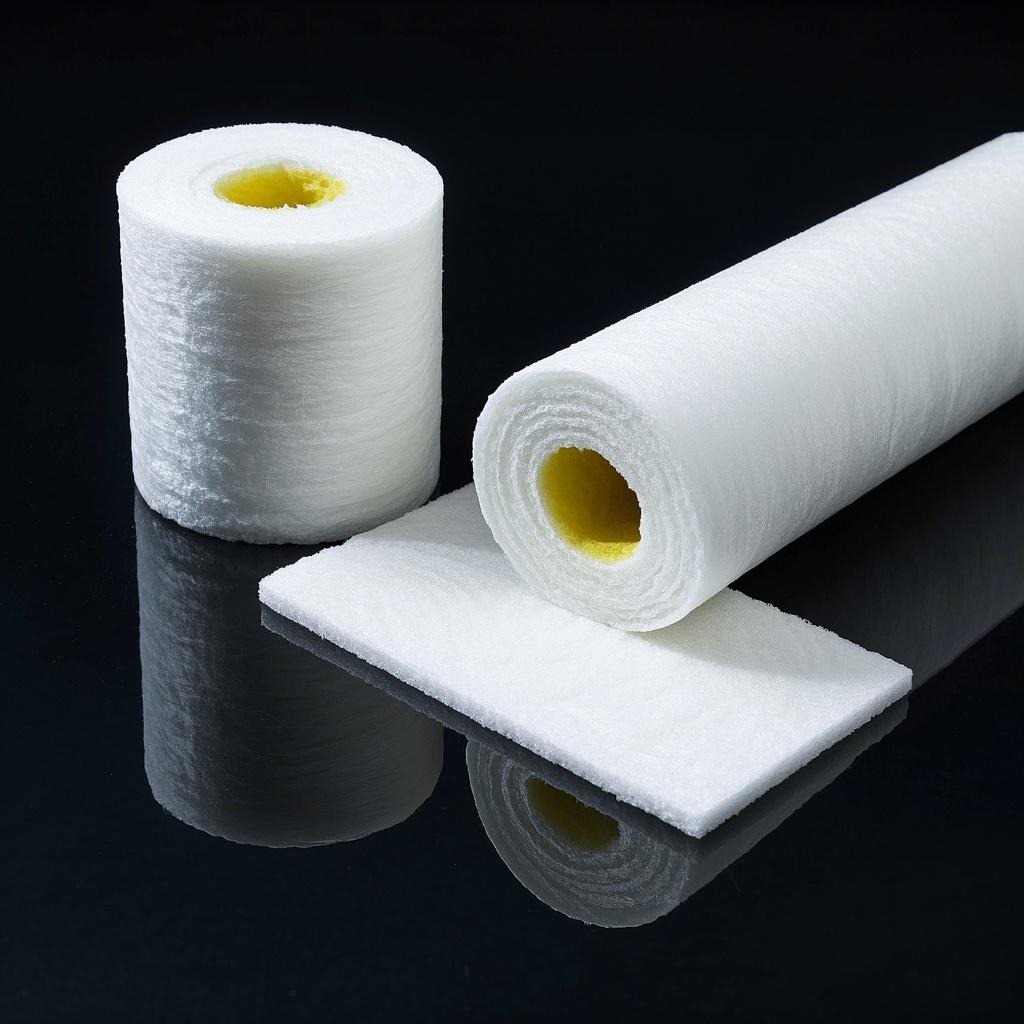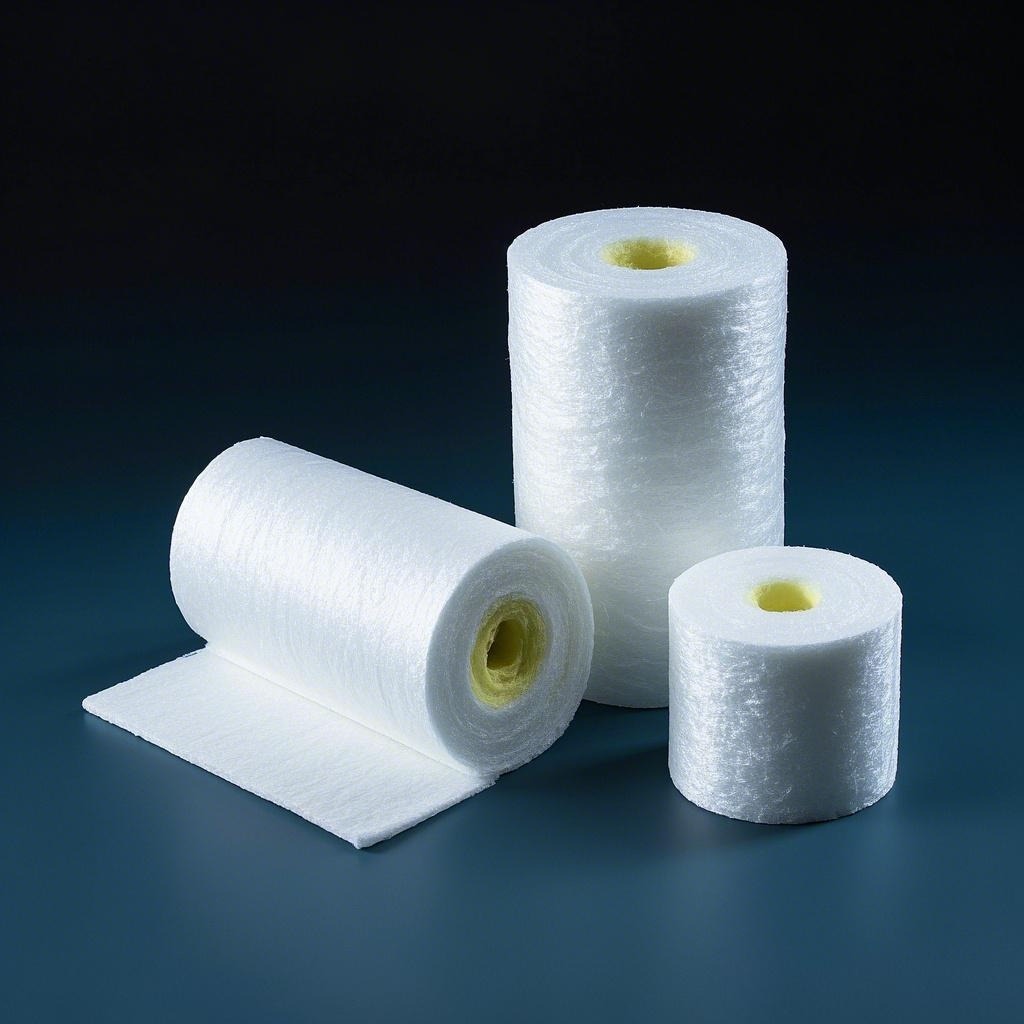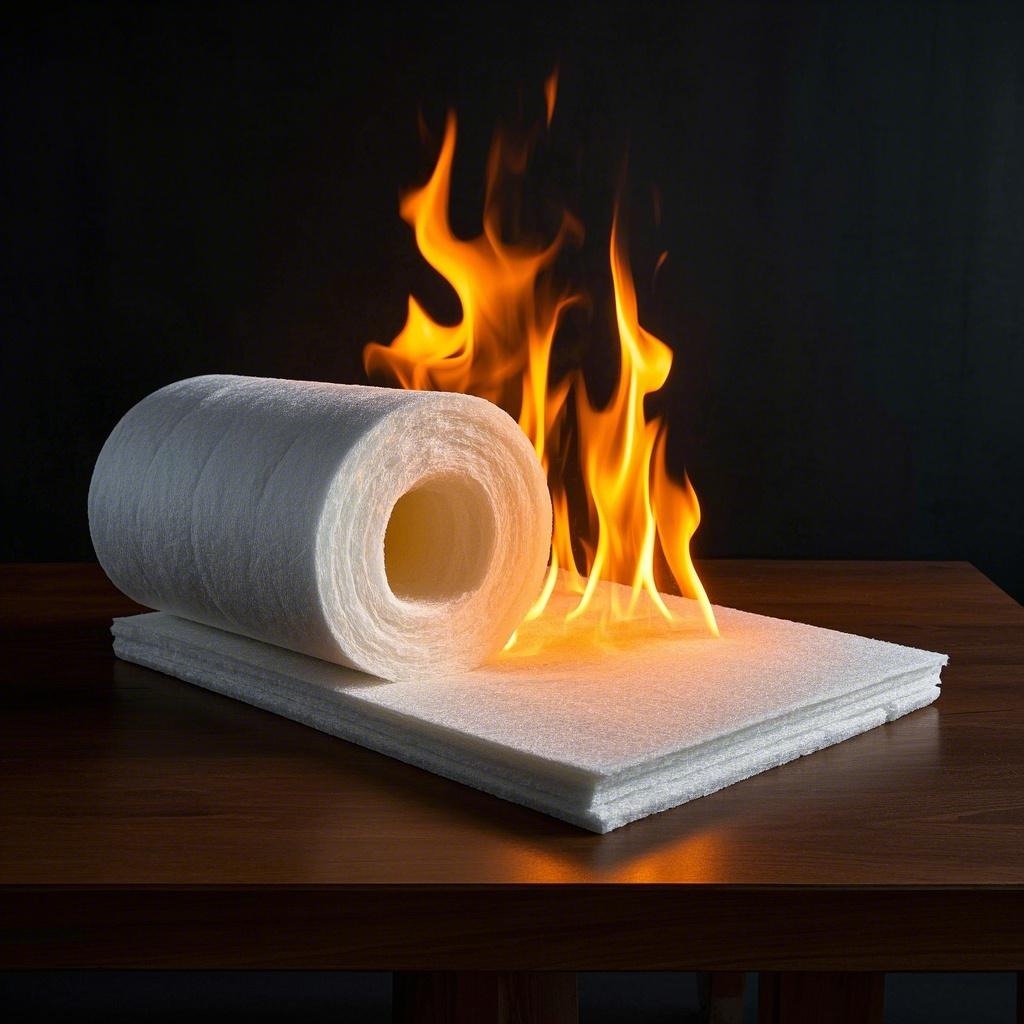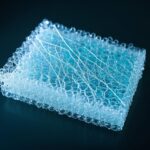Introduction
Hey there! If you’re in the world of construction, industrial work, or just a homeowner looking to keep your energy bills in check, you’ve probably come across fiberglass fiber insulation. It’s a go – to material for many because it’s great at keeping heat in (or out), it’s not too expensive, and it’s relatively easy to put in place. But here’s the thing: like everything else, fiberglass fiber insulation has its limits, especially when it comes to temperature. In this blog post, we’re going to dive into how temperature limits can make or break the durability of fiberglass fiber insulation.

What Is Fiberglass Fiber Insulation?
Before we get into the nitty – gritty of temperature limits, let’s make sure we’re on the same page about what fiberglass fiber insulation actually is. It’s made from tiny glass fibers that are bonded together with a resin or binder. These fibers are created by melting silica sand and other minerals at super high temperatures and then drawing them into thin strands. The result is a material that’s great at resisting heat transfer, making it a top choice for insulation.
There are different types of fiberglass fiber insulation out there, like blankets, batt, and loose – fill insulation. Blankets are those continuous rolls you see in walls and attics, batt is pre – cut for specific spaces like between studs, and loose – fill is blown into places like attics and wall cavities. Each type has its own uses and advantages, but they all share the same basic properties when it comes to temperature limits.

The Temperature Limits of Fiberglass Fiber Insulation
Alright, let’s get to the heart of the matter: the temperature limits. Fiberglass fiber insulation can handle a pretty wide range of temperatures, but there are definitely upper and lower limits to be aware of.
Upper Temperature Limit
Generally speaking, fiberglass fiber insulation can handle temperatures up to around 455 – 538℃ (850 – 1000℉)
. That’s pretty hot, and it’s why fiberglass is often used in industrial settings where things can get fiery. But here’s the catch: not all fiberglass fiber insulation is created equal. Some high – performance products might be able to go even higher, while others might not quite reach that mark. It all depends on the specific type of insulation and any extra additives or coatings it has.

Lower Temperature Limit
On the other end of the spectrum, fiberglass fiber insulation can also handle pretty cold temperatures. It can maintain its insulation properties down to around – 20℃ (- 4℉) or even lower in some cases. But just like with high temperatures, extreme cold can cause problems. The insulation can become more brittle and prone to cracking or breaking, especially if it’s subjected to repeated cycles of heating and cooling.

The High – Temperature Danger Zone
Let’s talk about what happens when fiberglass fiber insulation gets too hot. There are a few key issues that can pop up, and none of them are good for the insulation’s durability.
Weakening of Glass Fibers
When the temperature goes beyond what the insulation can handle, the glass fibers start to weaken. They lose their strength and rigidity over time, which can lead to sagging or compression of the insulation material. This, in turn, reduces its ability to resist heat transfer. Think of it like a trampoline that’s been left out in the sun for too long – it starts to lose its bounce and doesn’t work as well anymore.
Degradation of Binder Materials
The binder that holds the glass fibers together is also vulnerable to high temperatures. As it degrades, the insulation can become brittle and start to crumble. This not only reduces its insulation performance but also its overall durability. It’s like the glue in a book binding that starts to come apart after being left in a hot car for too long.
Reduced Thermal Insulation Performance
With the fibers weakened and the binder degraded, the insulation’s overall performance takes a hit. It’s not as effective at keeping heat in or out, which means your energy bills could go up as your heating or cooling system works harder to maintain a comfortable temperature. In industrial settings, this can also lead to safety hazards and increased operating costs.
The Low – Temperature Danger Zone
Now, let’s flip the script and talk about what happens when it gets too cold. While fiberglass fiber insulation can handle low temperatures pretty well, there are still some risks to keep an eye on.
Brittle Behavior
In extremely cold conditions, the insulation can become more brittle and prone to cracking or breaking. This is especially true if it’s subjected to repeated cycles of heating and cooling. Imagine a plastic toy that becomes brittle and cracks when left out in the freezing cold – that’s what can happen to fiberglass fiber insulation.
Moisture Absorption
Low temperatures can also increase the risk of moisture absorption. Moisture can cause the insulation to become compacted or sag, reducing its insulation properties and making it more susceptible to damage at high or low temperatures
. Plus, moisture can lead to mold and mildew growth, which is bad news for both the insulation and your health.
Factors That Affect Temperature Limits and Durability
Not all fiberglass fiber insulation is the same, and several factors can influence how well it handles temperature extremes.
Quality of Raw Materials
The quality of the raw materials used to make the insulation plays a big role. High – quality glass fibers and binders can handle higher temperatures and last longer. Think of it like buying a car – a higher – quality car is more likely to handle rough roads and last longer than a cheaper, lower – quality one.
Installation Method
How the insulation is installed also matters. If it’s not installed properly, it can lead to gaps and voids that reduce its effectiveness and make it more vulnerable to temperature fluctuations. It’s like trying to keep a room warm with a drafty window – it’s just not going to work as well.
Presence of Moisture
Moisture is a big enemy of fiberglass fiber insulation. It can cause all sorts of problems, from reduced insulation performance to mold and mildew growth. Keeping moisture out is key to maintaining the insulation’s temperature limits and durability.
Exposure to Sunlight
Prolonged exposure to sunlight can also take a toll on fiberglass fiber insulation. The UV radiation can make the glass fibers brittle and degrade over time. It’s like how your favorite shirt fades after being left in the sun for too long.
Best Practices for Maximizing Durability
So, what can you do to make sure your fiberglass fiber insulation stands the test of time? Here are a few best practices.
Selecting High – Quality Materials
When you’re choosing fiberglass fiber insulation, go for high – quality products from reputable manufacturers. They’re more likely to handle temperature extremes and last longer. It’s worth the investment in the long run.
Proper Installation
Make sure the insulation is installed properly. This means it should be tightly fitted and sealed to prevent air leaks and moisture infiltration. Follow the manufacturer’s instructions to the letter.
Moisture Control
Keep moisture out! This means proper ventilation, using vapor barriers, and installing drainage systems if necessary. Address any sources of moisture, like leaks or condensation, as soon as you spot them.
Regular Maintenance
Finally, do regular checks on your insulation. Look for signs of damage or degradation, check for moisture infiltration, and make sure everything is sealed up tight. Catching problems early can save you a lot of headaches (and money) down the road.
Conclusion
So there you have it! Fiberglass fiber insulation is a fantastic material for keeping your space energy – efficient, but it’s not invincible. Understanding its temperature limits and taking steps to protect it can go a long way in maximizing its durability. By choosing high – quality materials, installing it properly, controlling moisture, and doing regular maintenance, you can keep your fiberglass fiber insulation working its magic for years to come. Stay warm (or cool), and happy insulating!

